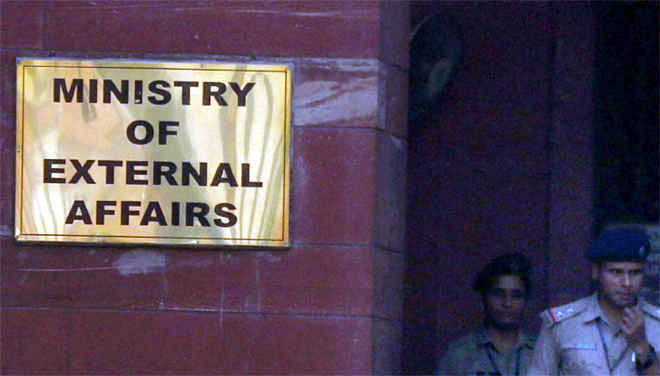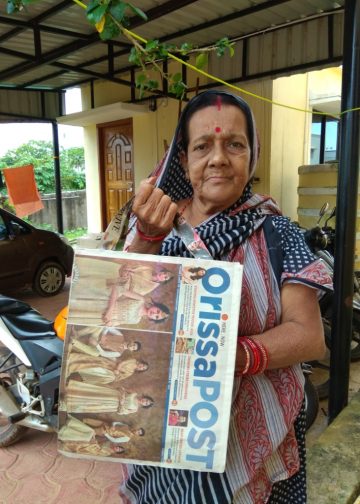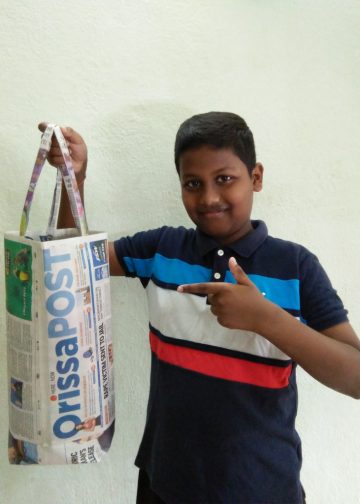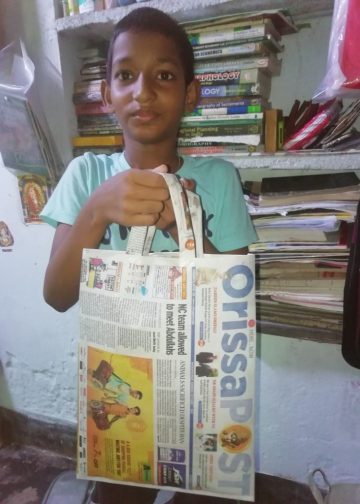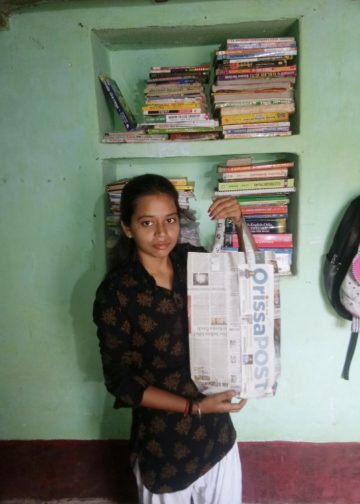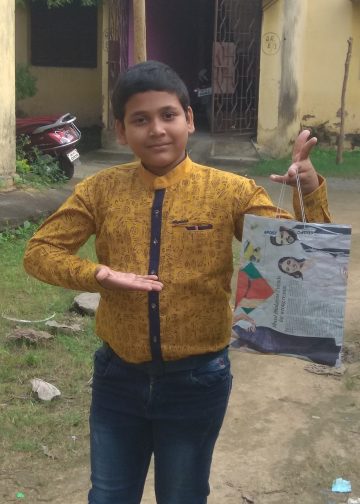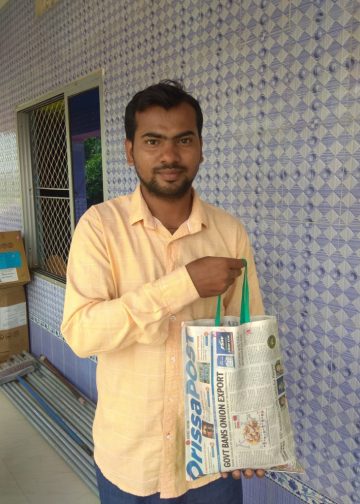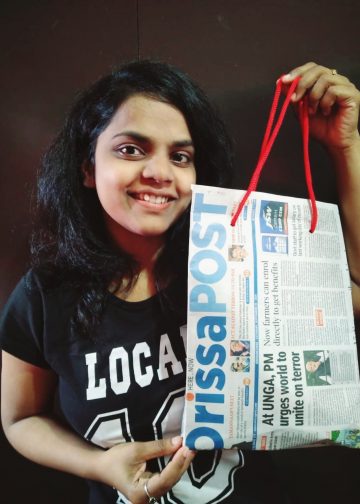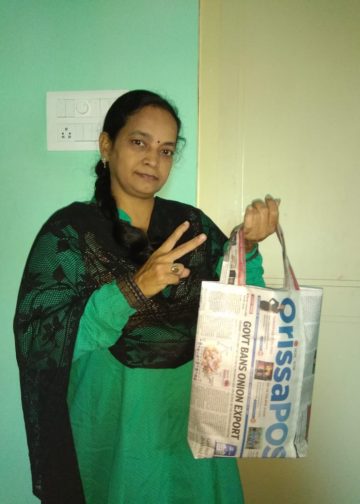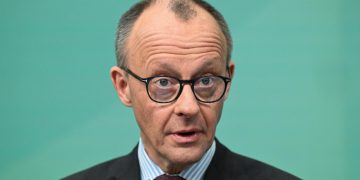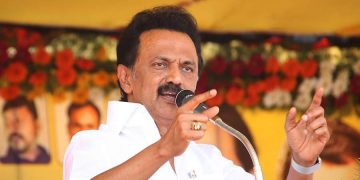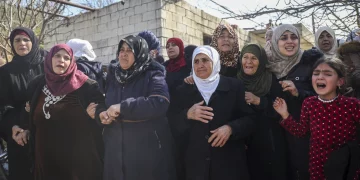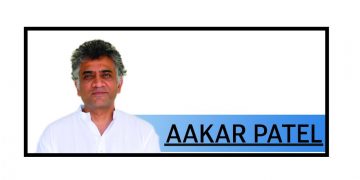All policies of all governments anywhere in the world require periodic review and evaluation. Foreign policy, in particular, needs regular review and re-evaluation in the context of ever-changing, dynamics in the external environment of any country. In this piece, we attempt to briefly examine the capacities and the constraints of India’s foreign policy. This has been necessitated by two strategies currently pursued by the present regime. They could be contradictory and complementary at the same time. They also draw the lineage from the previous regimes.
The strategies in reference are strategic autonomy and multi-alignment. India’s approach to and understanding of the concept of strategic autonomy is captured in External Affairs Minister S Jaishankar’s presentation in the Raisina Dialogues (2021). He explained, “We have to be confident in who we are. It is better to engage with the world as to who we are rather than pleasing the world by being a pale imitation of what they are, the idea that we need to get approval from other quarters has to be put behind.”
As said before, this is not an entirely new concept. But the government supporters will contend that the country was done with the Congress style of limiting its strategic moves, for fear of attracting Western displeasure or disapproval. Today, India is confident enough to secure her aims and interests without worrying too much about what others thought.
On the second strategy, in this dynamic world of multiple and changing alliances, India’s strategy of making partnership is articulated by Jaishankar in his book, The India Way: Strategies for an Uncertain World (2020). He argues that India should spread its risks and not place all its eggs in one basket. The essence of Jaishankar’s argument is that with the changing global balance of power and faced with major security and economic challenges, India would have to advance its national interests by identifying and exploiting opportunities wherever they exist in the global community.
Yet, the third strategy, or rather an aspiration is, India becoming a great power. This is self-consciously expressed at times by top leadership and is endorsed or encouraged by world leaders. Citing some statements, PM Modi immediately after taking over the office in 2014 expressed his government’s intention as, “India taking a leading role” in global affairs.
Unarguably, India is being recognised as a rising power. Jim O’ Neill, the former head of Goldman Sachs, famously coined the term BRICS to refer to four rising powers – Brazil, Russia, India and China. India could well become a permanent member of the UNSC. Every major power has endorsed India’s candidature for this position alongside the current P-5. India’s trajectory towards becoming a big power consists of the following capacities: India’s GDP in nominal terms is about 2.7 trillion USD, making it the sixth biggest economy in the world. There are some projections that suggest in purchasing power parity terms, India could be the second largest economy after China by 2050. If India achieves the 5 trillion USD target in near future, it could jump to third position in economic capacity.
India’s military consists of 1.5 million active personnel, the third largest after China and the US. India is a major nuclear power with 130-140 nuclear weapons which can be placed on a range of delivery systems including Intermediate Range Ballistic Missiles.
The question to ask is, does India have the capacity commensurate with its rising power aspirations and to maintain the two strategies mentioned above. From the economy and military potential, the aspiration sounds credible. But on a reality check, it is a tall order especially when India is compared and faced with China. Curiously, the constraints lie in actualising the capacities.
Let us talk a bit about the structural capacity of Indian foreign policy in carrying out the strategies and the big-power objective. A detailed discussion, a ‘grand capacity analysis’ is beyond the scope of this piece. The limited objective is to briefly and critically look at the foreign policy capacity from a structural point of view. Former Foreign Secretary and the National Security Advisor, Shivshankar Menon had said, “India has serious capacity issues in the implementation of foreign policy and lacks the institutional depth to see a policy through.”
Studies done to assess India’s foreign policy capacity suggest that the MEA has strengths in terms of individual level competences of its officers, but suffers from organisational and systemic weaknesses. The experts helpfully comment that these weaknesses can be alleviated by reducing the hierarchal nature of the leadership in South Block, decreasing the centralisation of decision-making, enlarging the power of the policy-planning unit by seeking support from outside the MEA. Furthermore, the MEA needs to develop stronger and more active ties to other ministries, especially the Economic Affairs, the Ministry of Home Affairs, and above all, the Defence Ministry.
More importantly, the MEA should not remain an exclusive and elite club. It needs to improve communication with the other two sectors, business and civil society– both at home and abroad. Thus, the increase in such horizontal consultation would diminish the centralised decision making and hierarchical nature of the MEA.
Another pressing reform suggested by experts is to increase the recruitment to the MEA. Through the IFS, only about 30 or so are offered the service out of half-a-million candidates applying for examination. This is far too less. The suggestion is to recruit on the model of the private sector, like many developed countries do, from the top under-graduate and graduate programme through a rigorous process of interviews and group discussion. Understandably, while many small or big reforms are needed, what is pressing at any time is the need to increase policy capacity. This is not necessarily based on numbers. It is about competencies at least three levels – individual officials, government organisations and the resources existing in the country. The gap between conceptualisation of policy and its implementation can be bridged by increasing the organisational and systemic capacities in order to absorb and reflect the individual competences existing in the ministry.
In parenthesis, may we add that India’s democracy and demography should drive India’s foreign policy in making strategic alliances, be it multi-alignment or with single power bloc. This is the choice India has to make. Taiwan would have been invaded by now if it was not aligned with the United States. No NATO member has been attacked so far. This should give some indication, as normalcy has not been restored with China on border despite 17 rounds of negotiations. Something to think about!
The writer is Professor, International Politics, JIMMC. ©INFA

